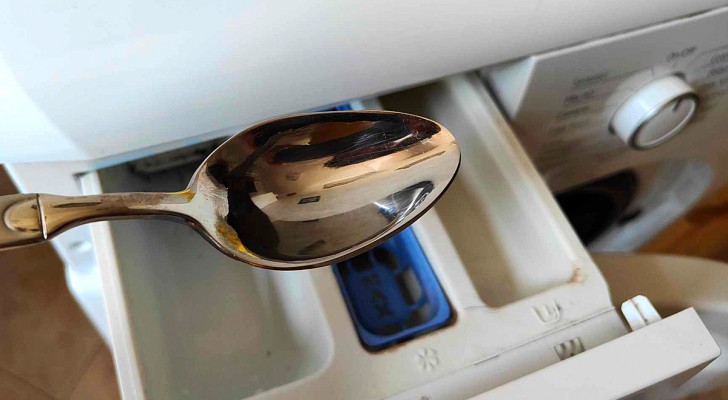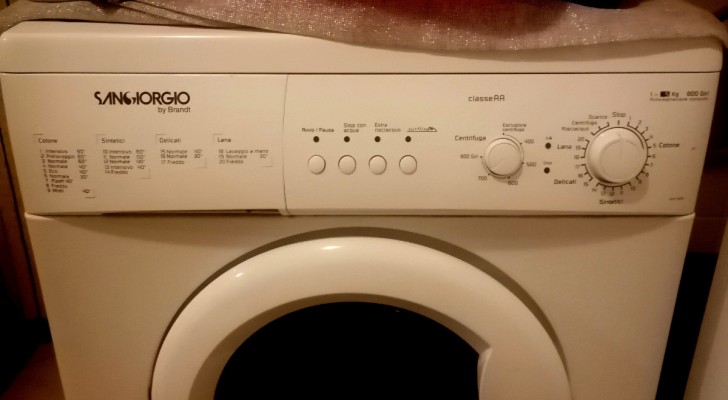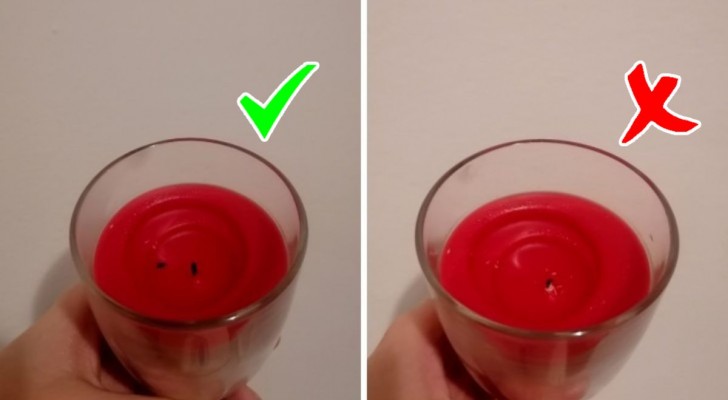Kakebo: from Japan, an ingenious technique to save money

It is very common to fail at trying to save, or at least, it is very difficult. You might go to great lengths to try to save, but with little or no success. In ancient times, everything was recorded - every deposit and every withdrawal.
It is precisely this principle that the Japanese method of Kakebo relies on: Kakebo is a technique to save money which, if followed diligently, promises really great results. Read on to see how it works:
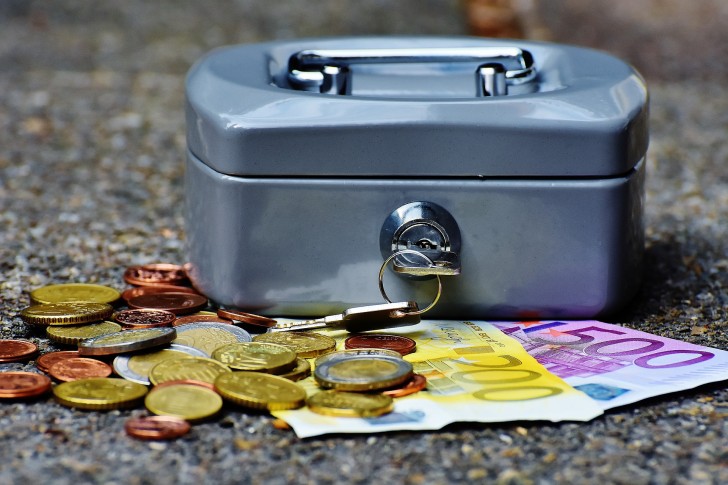
If followed and practiced diligently, Kakebo will allow you to make up to a 35% saving. Kakebo translates roughly as "household account book". It is a technique invented by a Japanese journalist in the early twentieth century and which consists of keeping a notebook (or diary) of the accounts, taking note of the deposits and withdrawals, to avoid waste and save. It can be fine-tuned through the steps that we describe below:
- Get a notebook or diary - preferably a large one - and start by writing down all your income for the month. You can do this easily by creating four columns, one for each week, in which you will enter the monthly salary you are sure of (and written with one color), and any extra income written with in another color.
- Create another diagram or table with four more columns where you will enter how much you intend to save for each week of the month.
- Now, make another table, also with a column per week, where you can write down all the fixed expenses you have in which month, such as rent, bills and similar.
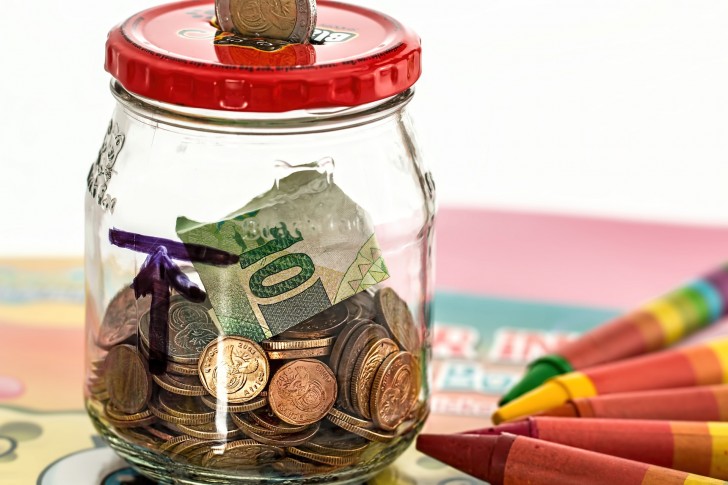
- By subtracting from the sum earned in a month from the set of fixed expenses plus what you want to save, you will have the amount that you can spend in that month.
- This figure must, in turn, be divided into four categories, namely: 1) what you spend on food, medicine and clothing, 2) what you spend on culture and education, 3) what you spend on entertainment and 4) the remainder that relates to all expenses that do not belong to the previous categories.
By doing this, you will be able to keep track of every single thing that enters and leaves your account and you will soon notice how much easier it becomes to put money aside. Going forward, you will become more aware of your habits and saving will become easier and easier. Obviously, following this logic, you can adjust the tables as you see fit, based on your organizational method. The important thing is keeping accurate records.
What are you waiting for? Give it a try and save!
